Oyster Mushroom Care – How To Grow Oyster Mushrooms At Home


Indoor gardening is a great hobby for gardeners with no outdoor space, but it’s usually limited by light. South-facing windows are at a premium, and outlets are full of grow light plugs. However, there’s some indoor gardening you can do with no light at all. Mushroom growing is a great way to put a dark corner to work producing nutritious, protein rich food. Keep reading to learn more about how to grow oyster mushrooms at home.
Cultivation of Oyster Mushrooms
What are oyster mushrooms? Oyster (Pleurotus ostreatus) is a variety of mushroom that grows especially well indoors. While many mushrooms will grow only in the wild (making mushroom hunting a popular hobby and certain mushroom price tags especially high), oyster mushrooms will grow with a very high success rate in a box or bucket with virtually any moist, organic material to feed on.
How to Grow Oyster Mushrooms at Home
So how do start growing oyster mushrooms? The cultivation of oyster mushrooms can start in two main ways: with a kit or with existing mushrooms. If you’re growing oyster mushrooms for the first time, the kit is the easier way to go. It should come with a sterilized growing medium inoculated with mushroom spores. In this case, simply moisten the material and pack it into a plastic container. (Cardboard boxes work well, too, but they leak and decompose quickly). If your kit hasn’t come with growing medium, you can easily make your own. Straw, sawdust, shredded newspaper, and coffee grounds all work especially well for the cultivation of oyster mushrooms. Before using any of these, however, you should sterilize them so your mushroom spores don’t have to fight for space with other bacteria. The easiest way to do this is in the microwave. Mix your medium with water until it’s the consistency of a sponge, then microwave it on high for a couple minutes. Let it cool to room temperature before packing it into the container and adding you spores. Cover your container with plastic wrap and put it somewhere dark and around room temperature (55-75 F. or 12-23 C.). Keep it moist. After a few weeks, the mushrooms should start to emerge. Remove the plastic wrap and mist the mushrooms daily to keep them moist. Move them to a south-facing window or put them under lights for 4-6 hours per day. When the mushrooms fruit, harvest them by carefully twisting them out of the container. To grow from the ends of mushrooms from the store, follow the directions for sterilizing your growing medium. Sink the stem ends of your store-bought mushrooms into the medium and proceed as you would with a kit.
Gardening tips, videos, info and more delivered right to your inbox!
Sign up for the Gardening Know How newsletter today and receive a free copy of our e-book "How to Grow Delicious Tomatoes".

The only child of a horticulturist and an English teacher, Liz Baessler was destined to become a gardening editor. She has been with Gardening Know how since 2015, and a Senior Editor since 2020. She holds a BA in English from Brandeis University and an MA in English from the University of Geneva, Switzerland. After years of gardening in containers and community garden plots, she finally has a backyard of her own, which she is systematically filling with vegetables and flowers.
-
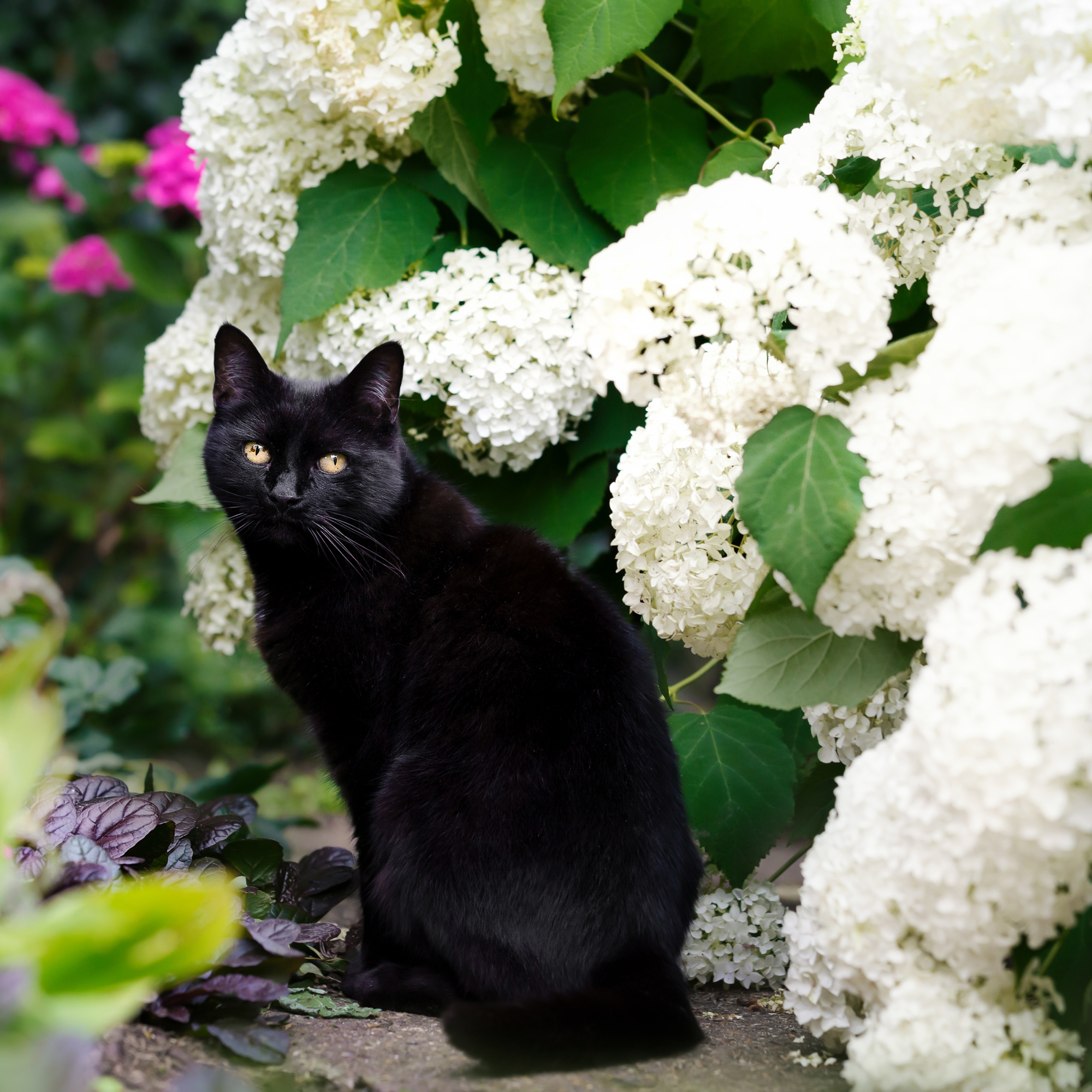 Are Hydrangeas Poisonous To Cats? How To Keep Kitties Safe Around These Common Flowers
Are Hydrangeas Poisonous To Cats? How To Keep Kitties Safe Around These Common FlowersThere are so many gorgeous varieties of hydrangea to add showy color to your garden, but are hydrangeas poisonous to your cats? Learn more to keep kitty safe.
-
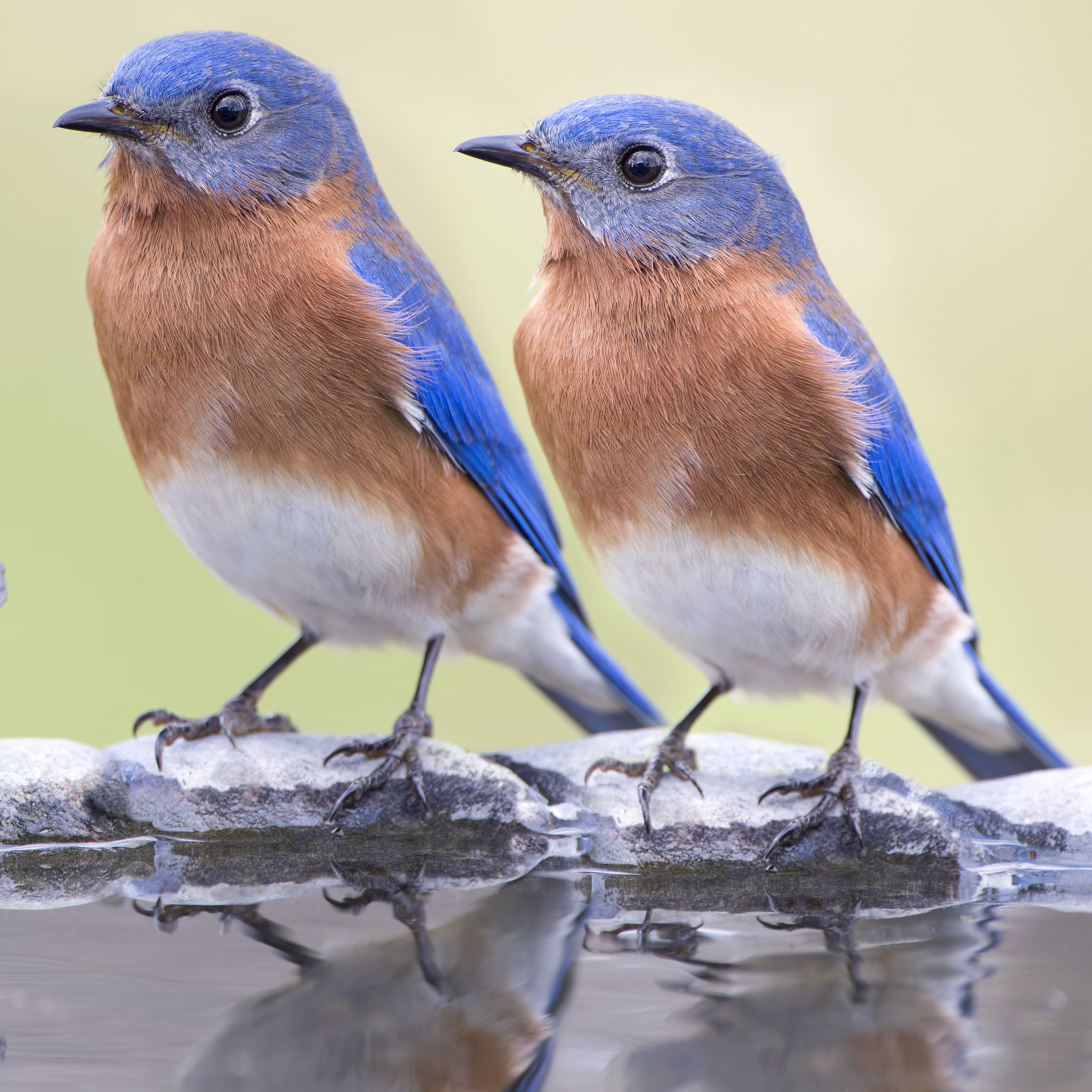 The 3 Big Reasons Birds Aren’t Visiting Your Bird Bath – Plus, Smart Bird Bathing Ideas To Bring More Birdies Fluttering To Your Yard
The 3 Big Reasons Birds Aren’t Visiting Your Bird Bath – Plus, Smart Bird Bathing Ideas To Bring More Birdies Fluttering To Your YardYou love garden birds, so why don’t they visit your bird bath? Here are 3 key reasons why, along with quick and clever bird bath ideas to encourage feathered friends to drink and play
-
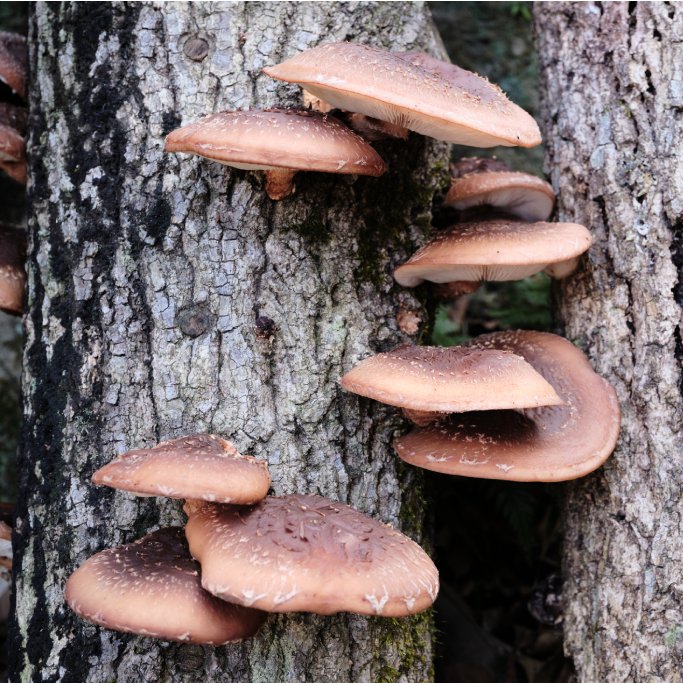 Which Types Of Wood To Use For Growing Fungi
Which Types Of Wood To Use For Growing FungiWondering about the best logs for mushroom plugs? Match the mushroom type to the tree variety for a great crop of delicious mushrooms.
-
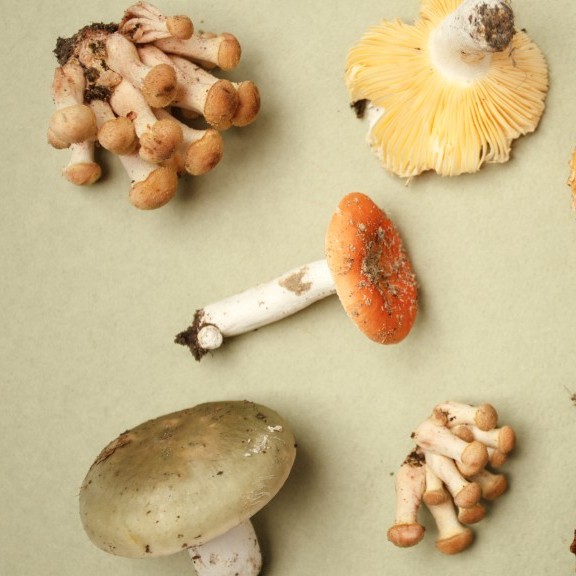 Types Of Edible Mushrooms & Their Poisonous Look-Alikes
Types Of Edible Mushrooms & Their Poisonous Look-AlikesTypes Of Edible Mushrooms & Their Dangerous Doppelgangers
-
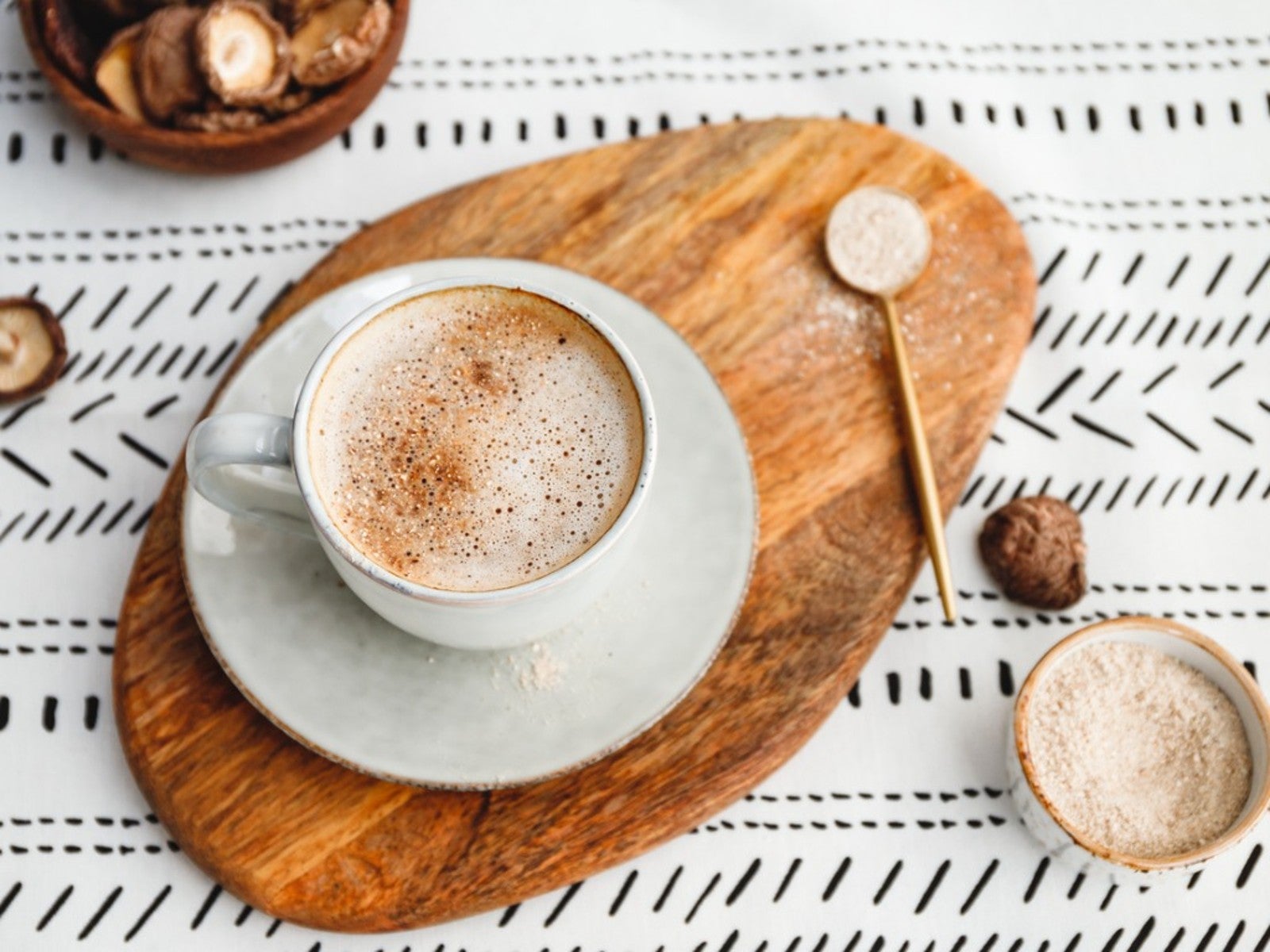 Make Your Own Mushroom Coffee From Homegrown Fungi
Make Your Own Mushroom Coffee From Homegrown FungiWhat is mushroom coffee? Can you make your own mushroom coffee at home? Click here to learn more.
-
 Growing Mushrooms In Coffee Grounds At Home
Growing Mushrooms In Coffee Grounds At HomeLearn how re-using coffee grounds for mushroom substrate is great for the mushrooms and good for the planet.
-
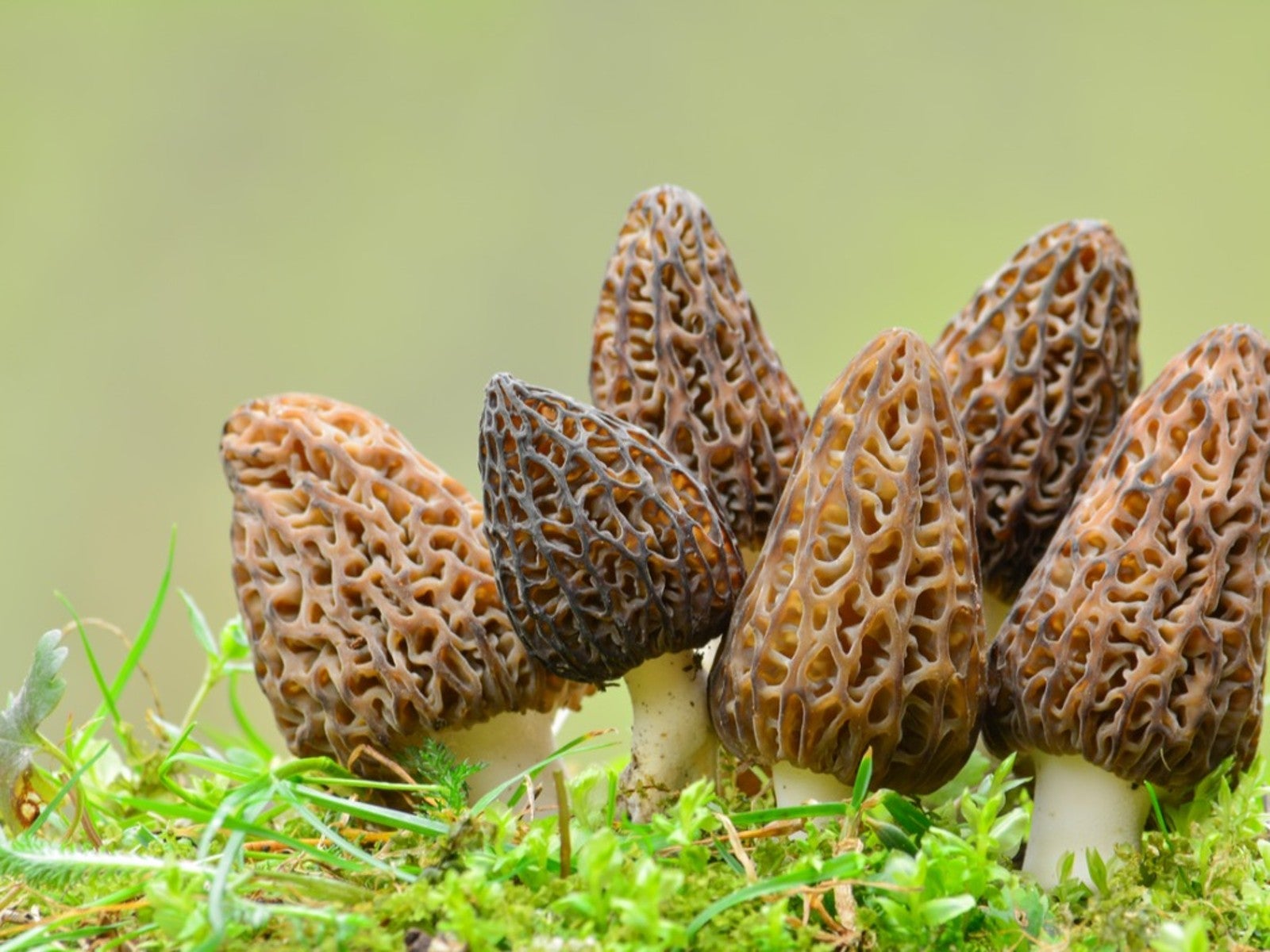 How To Grow Morel Mushrooms: Growing Morel Mushrooms At Home
How To Grow Morel Mushrooms: Growing Morel Mushrooms At HomeMorel mushroom growing conditions are difficult to pinpoint. Some expert tips are necessary on how to grow morel mushrooms.
-
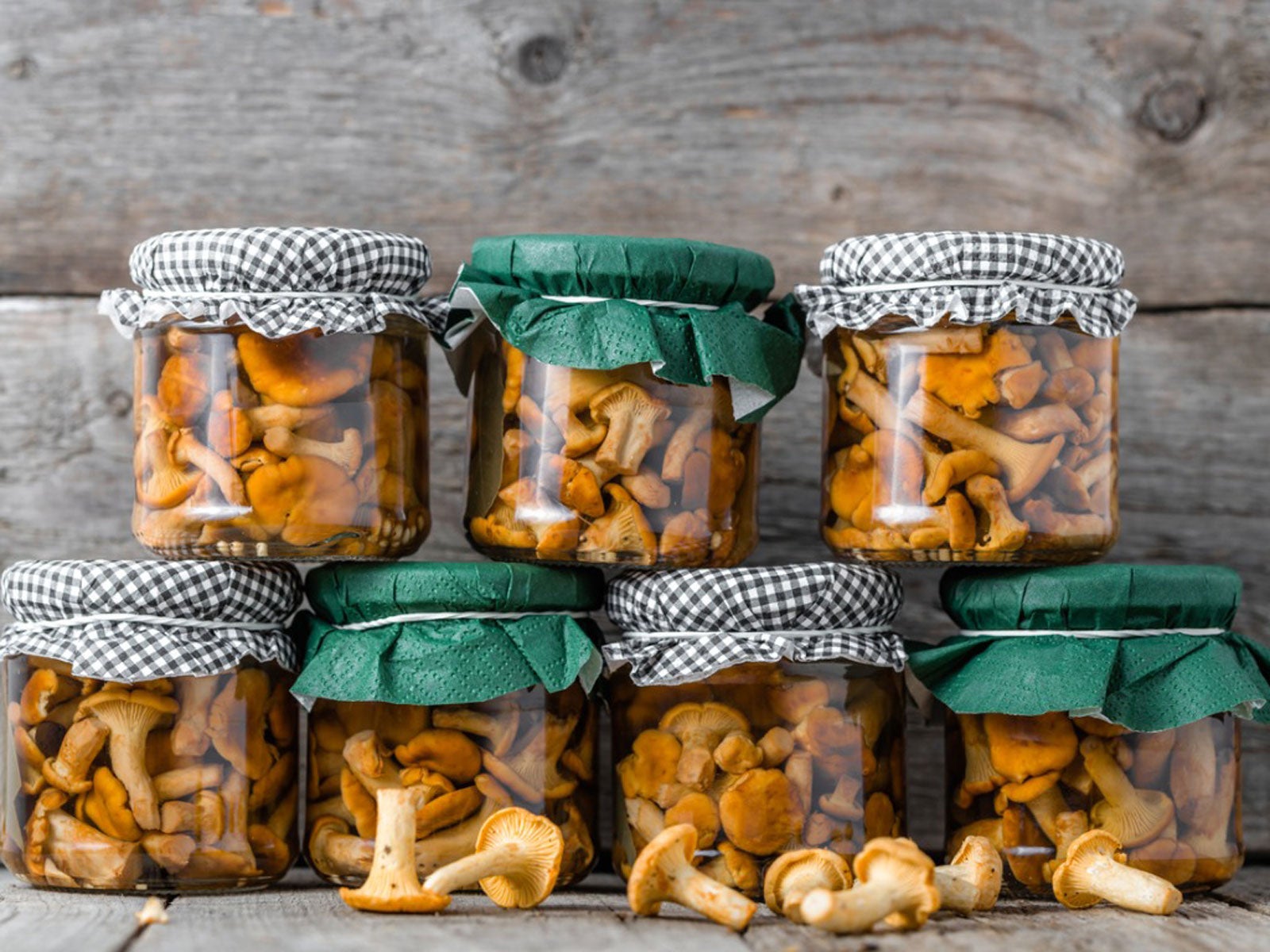 Home Canning Mushrooms – Tips For Storing Mushrooms In Jars
Home Canning Mushrooms – Tips For Storing Mushrooms In JarsAre you contemplating home canning mushrooms, but are nervous about safety? Click here to explore how to can mushrooms safely.
-
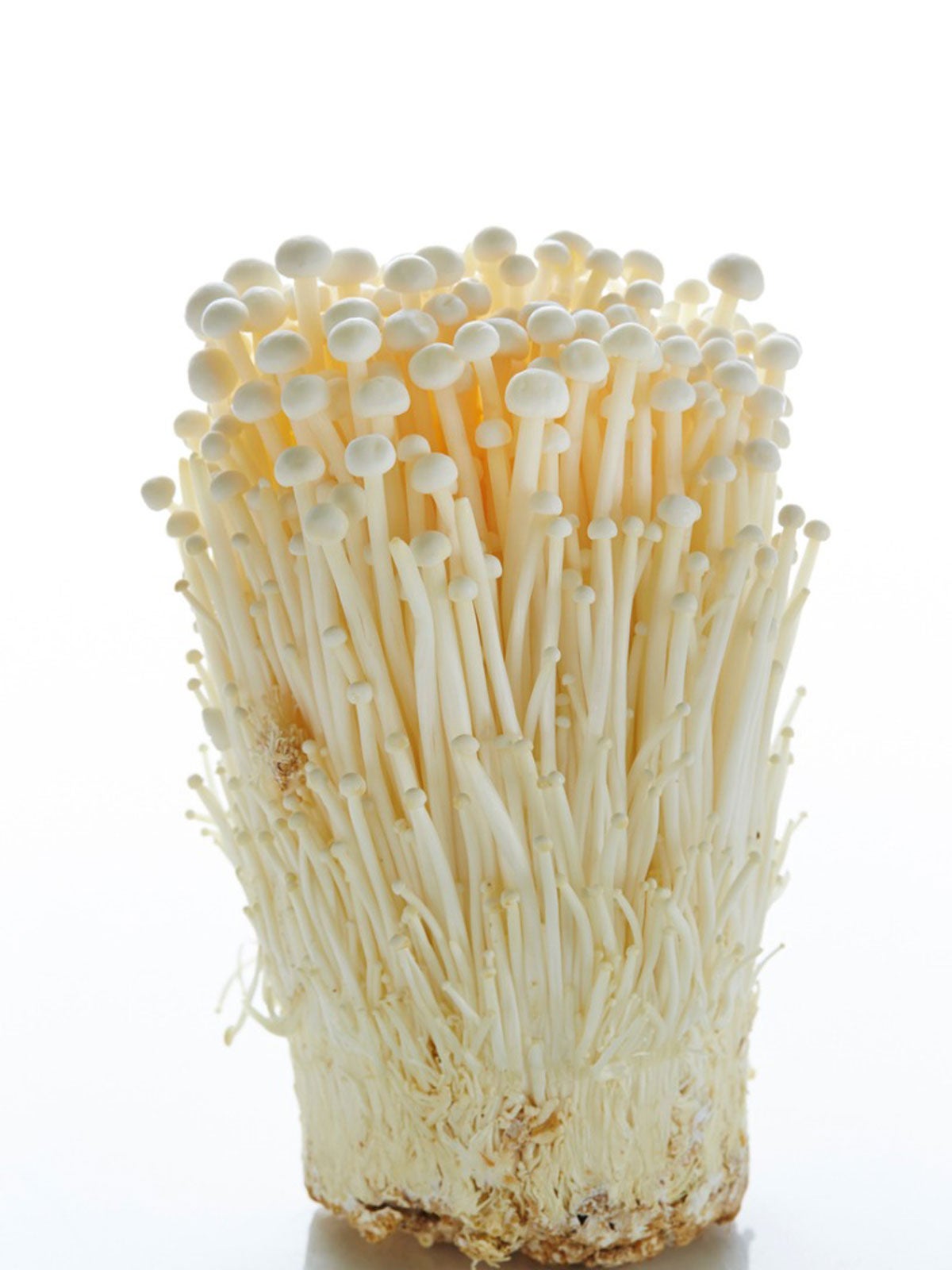 Enoki Mushroom Info – Tips For Growing Enoki Mushrooms Yourself
Enoki Mushroom Info – Tips For Growing Enoki Mushrooms YourselfEnoki mushrooms are very delicate fungi in an almost filament form. They are often the only mushrooms available in winter. If you like eating enoki mushrooms, you might try growing them yourself. Learn more about enoki mushrooms and how to grow them here.
-
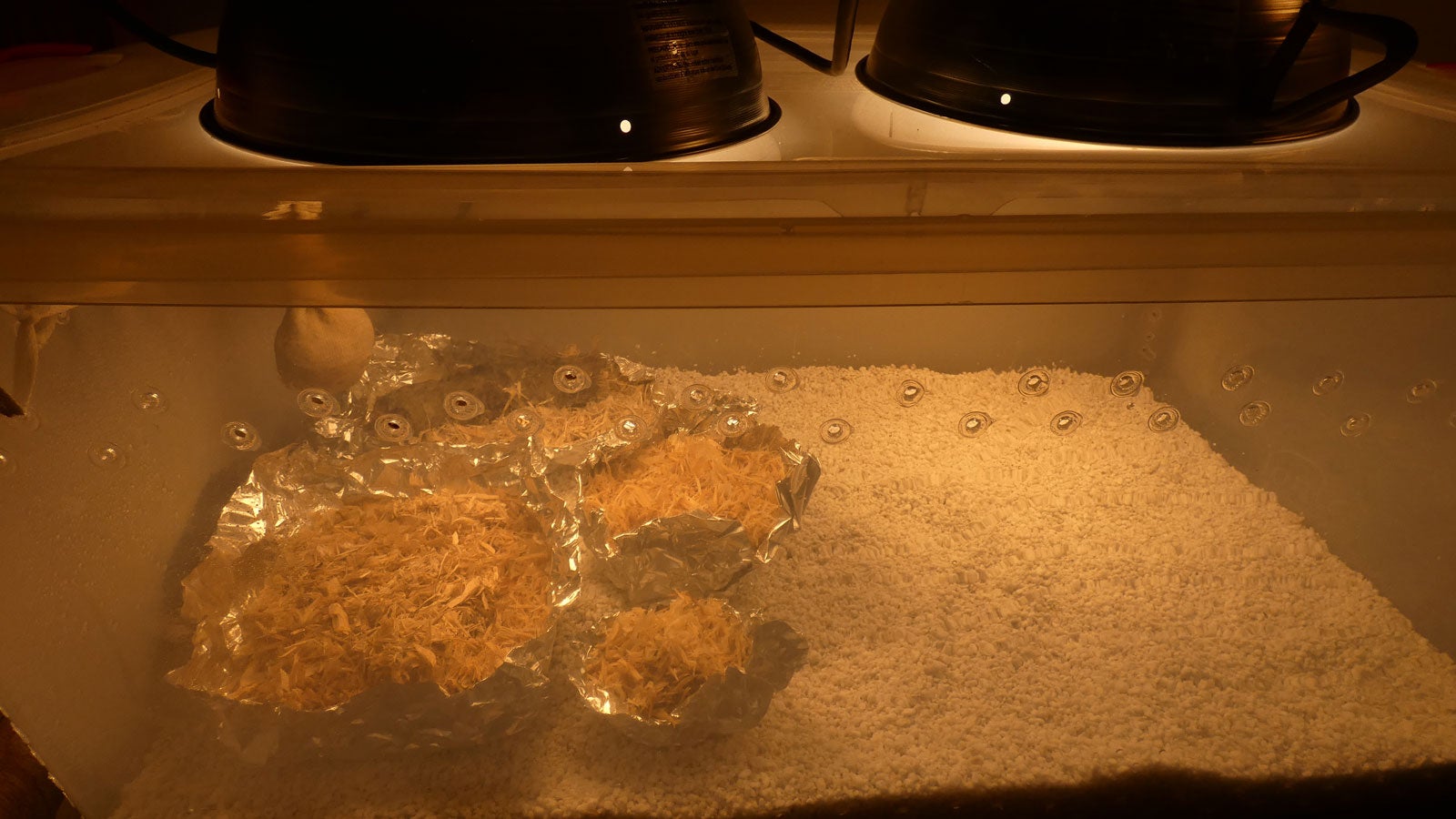 Growing Mushrooms At Home: How To Make A Mushroom Fruiting Chamber
Growing Mushrooms At Home: How To Make A Mushroom Fruiting ChamberSetting up a mushroom fruiting chamber is really the only difficult thing about growing mushrooms at home, and even then, a DIY mushroom house doesn’t have to be complex. To learn how to make your own mushroom fruiting chamber, click the following article.